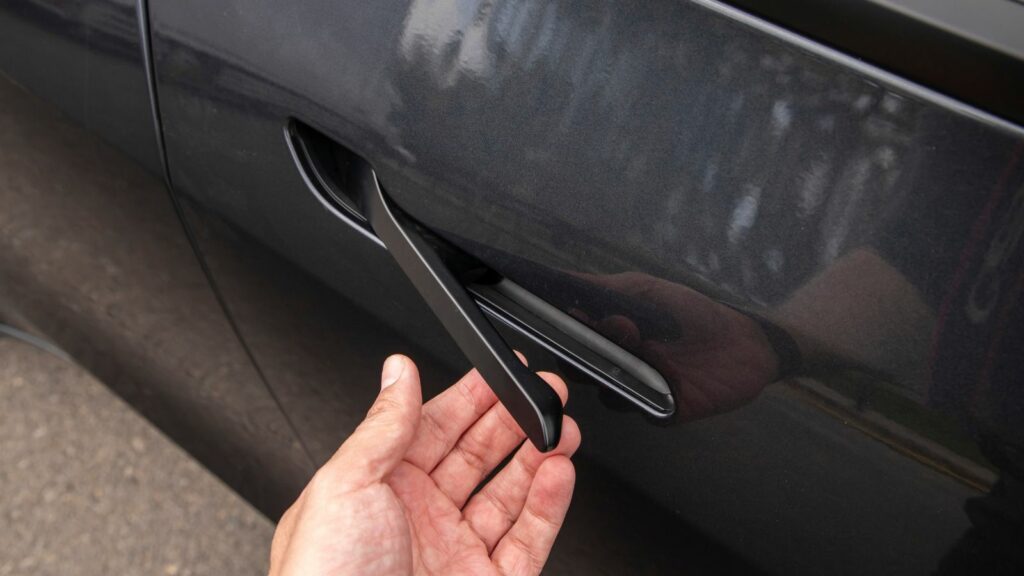Tesla’s sleek flush mounted door handles have long been one of the design features that set the brand apart. But now a convergence of safety investigations and new regulations could force Tesla and possibly other automakers to rethink one of their signature styling cues.
What’s the Issue with the Handles?
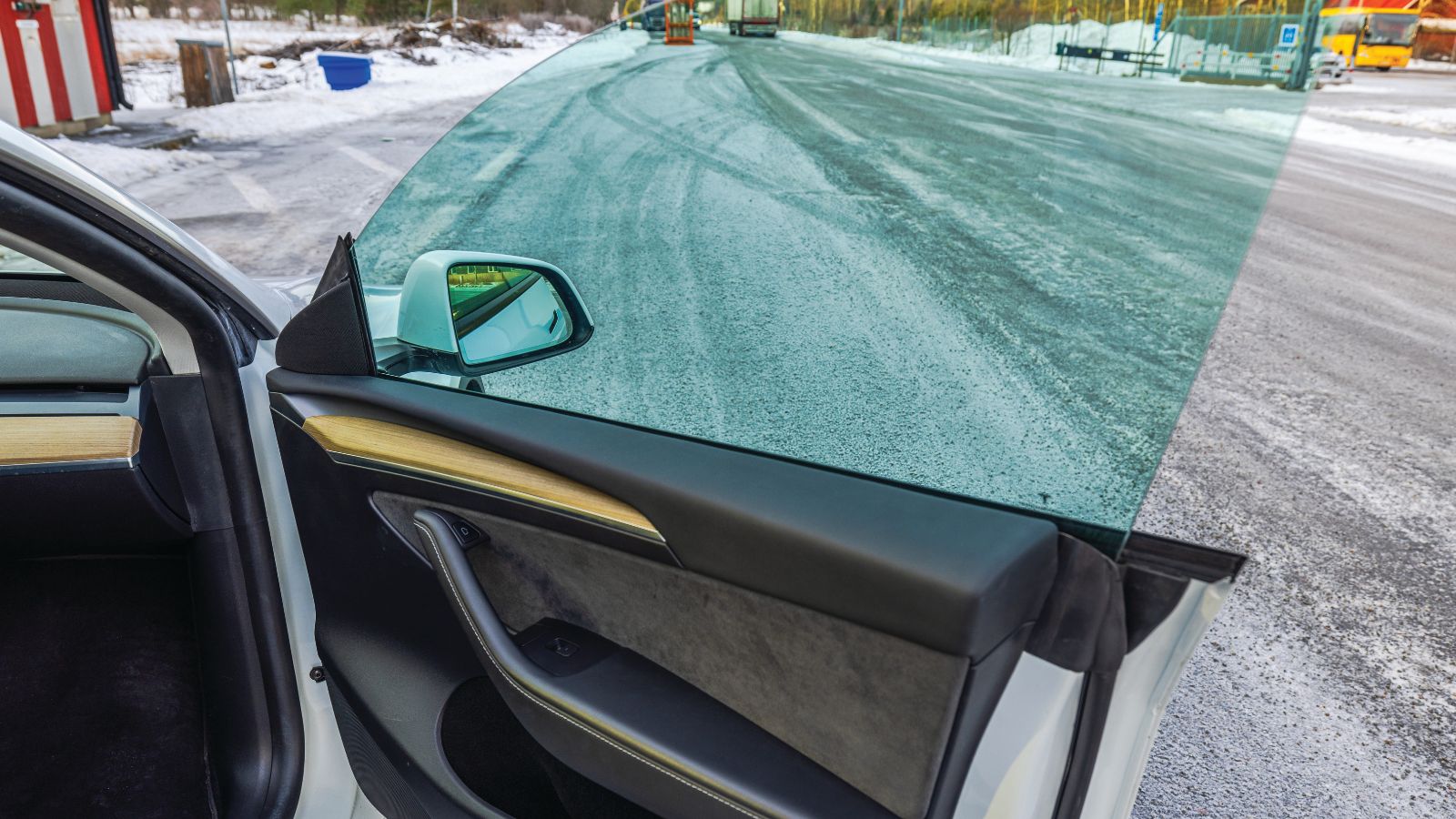
The trouble emerged with multiple safety concerns. For example, in some incidents Tesla’s flush door handles have been reported to fail or confuse occupants during emergencies. When the car experiences electrical issues, children or passengers unfamiliar with the design have been unable to find or use the hidden mechanical release. In certain cases, this has led to people being temporarily trapped inside until outside assistance arrived.
The ergonomics of the manual override are also under scrutiny. In many Teslas, the mechanical cable is hidden in places such as behind speaker grills or within the door pocket, making it difficult to locate in a crisis. Safety experts point out that combining electronic actuation with obscure manual releases turns a simple mechanism into something unnecessarily complicated, and possibly hazardous when seconds matter.
What New Rules Are Coming Into Play?
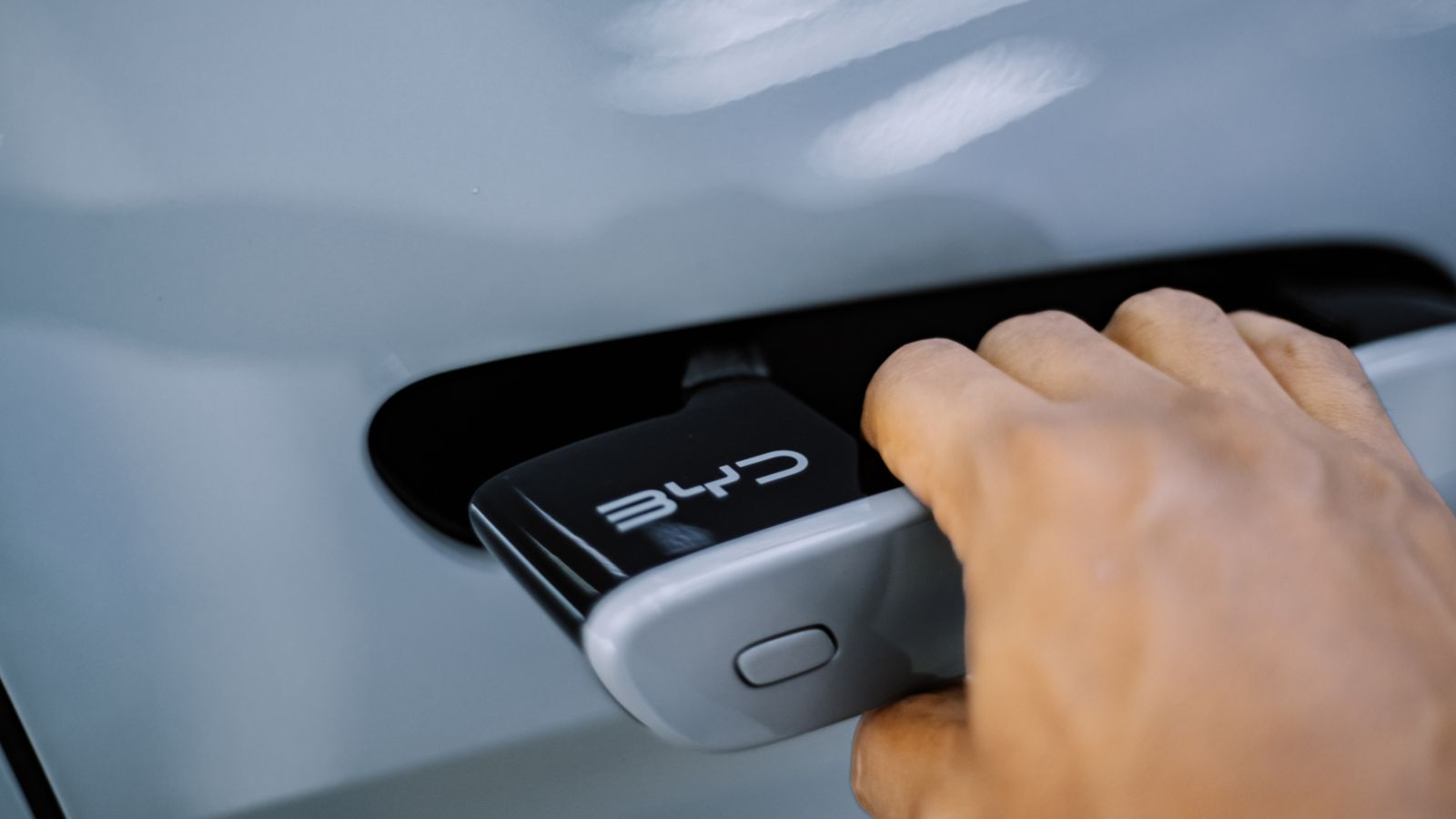
Regulators in China have released a draft rule that would require all passenger vehicle doors, excluding tailgates, to include exterior handles that are clearly visible and of minimum functional size. The handles must also operate mechanically even if the vehicle has lost power or sustained accident damage. This would effectively eliminate flush or fully hidden electronic handles unless they incorporate an obvious physical override.
While the rule is not yet finalized, it signals a significant shift in how safety agencies view door design. Given that the automotive industry is global, with manufacturing deeply interconnected, changes in one large market like China often influence standards worldwide. Automakers may be forced to redesign not just for one country, but for all of their global production.
Why Tesla’s Situation Matters
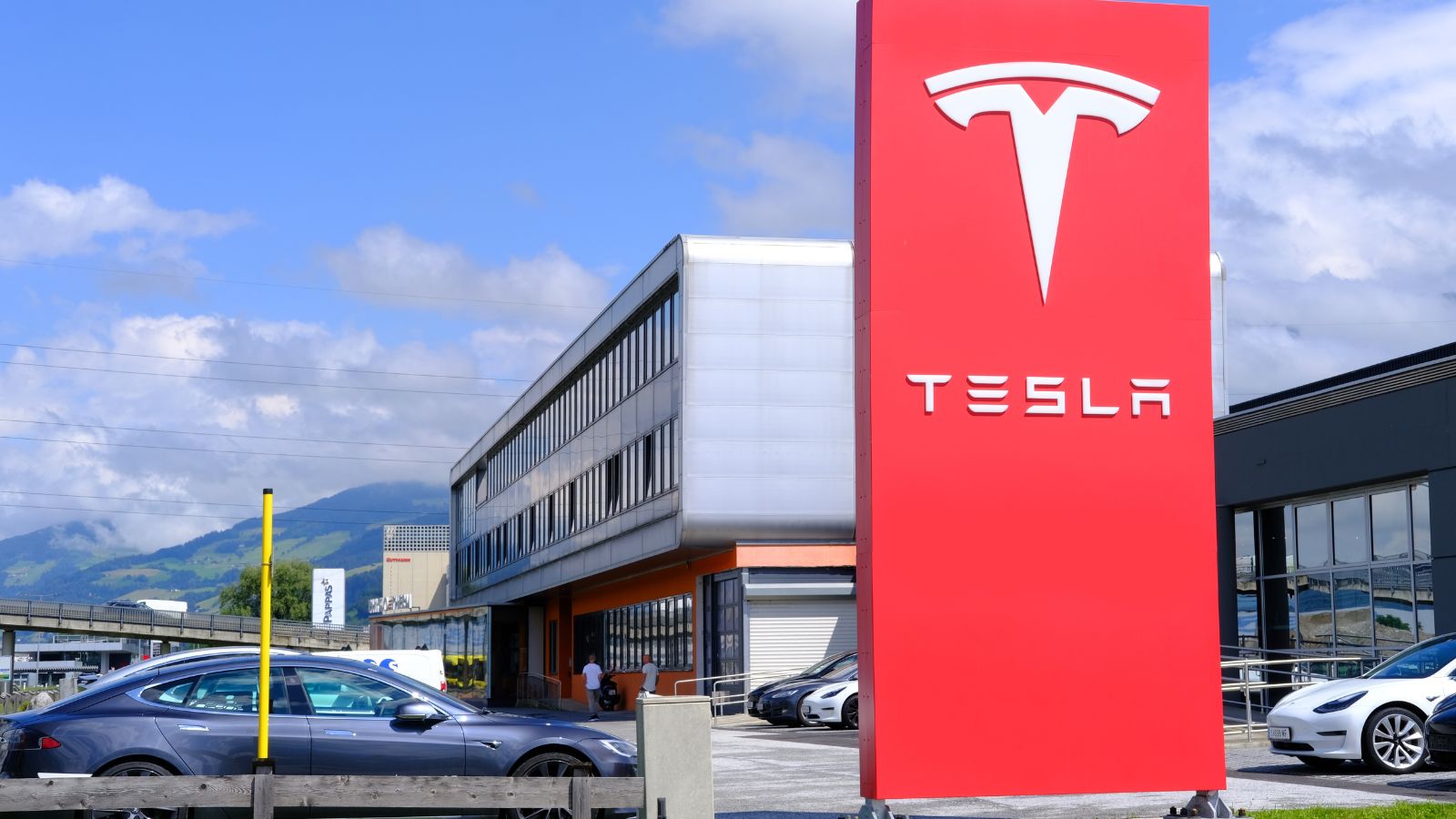
Tesla has built much of its design identity around clean lines and minimalist styling. The flush door handles are part of the futuristic aesthetic that distinguishes its cars from traditional rivals. Altering or removing them is not a small matter of design. It requires changes to door architecture, structural panels, electronics, safety simulations, supplier contracts, and production tooling.
Engineering teams would need to revalidate side impact protection, crashworthiness, and ease of use. Even small dimensional changes in a door ripple through insulation, wiring harnesses, speaker placement, and electronic controls. In short, what looks like a small detail on the surface involves enormous effort and cost behind the scenes. Tesla will not be alone in facing these challenges, but as the brand most identified with flush handles, it will feel the spotlight more than anyone else.
How Might This Work in Practice
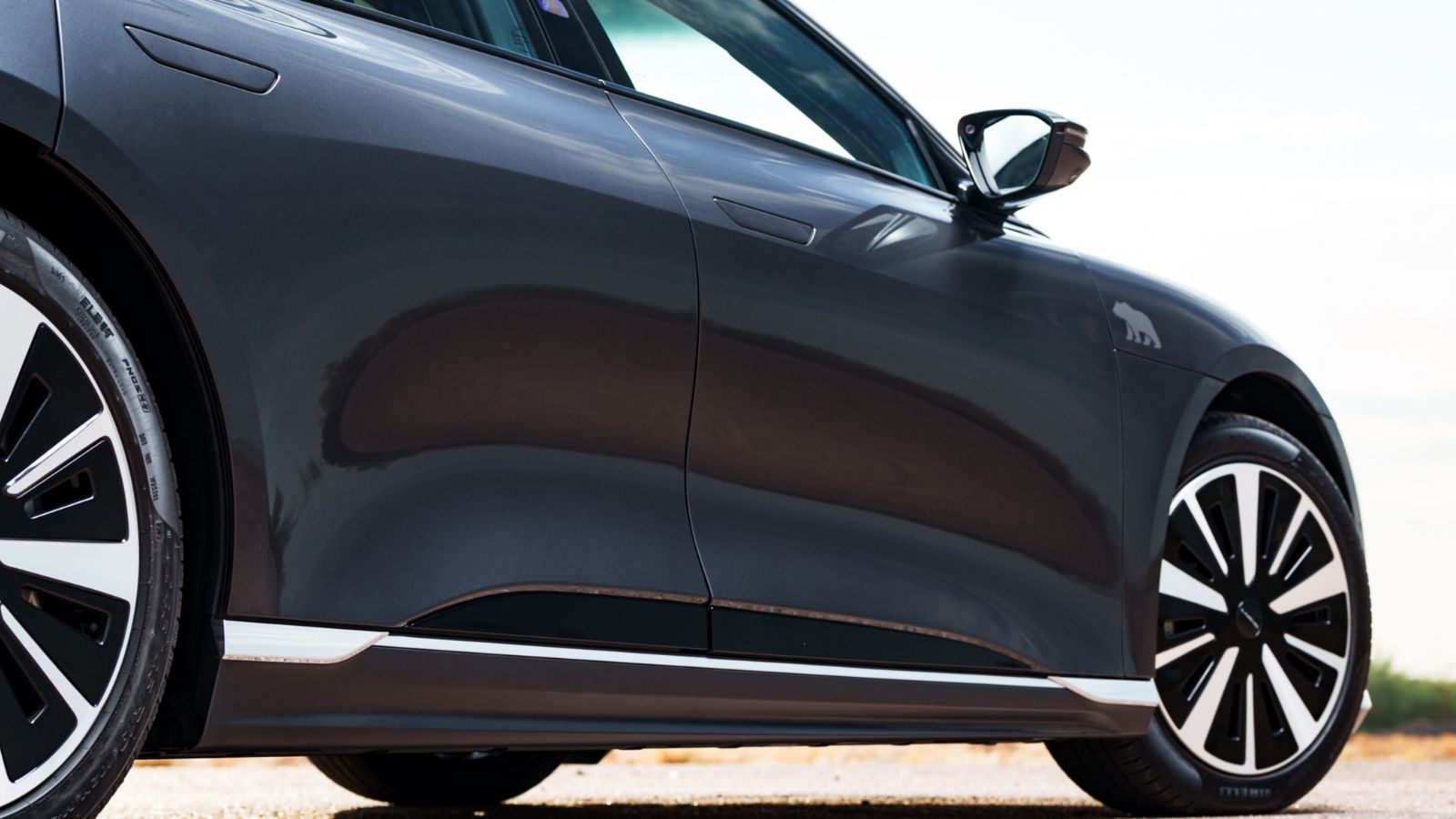
There are several approaches under discussion. Some involve integrating a visible mechanical pull handle alongside the electronic pop out design, giving the driver and passengers one unified action whether the car has power or not. Others envision fully abandoning retractable handles in favor of slim mechanical ones that remain accessible at all times.
Another possibility is a hybrid solution where a button controls both the electric latch and a mechanical linkage, ensuring that if power fails the same motion still opens the door. This would preserve some of Tesla’s streamlined look while ensuring compliance with stricter safety requirements.
Where Creep Becomes Most Dangerous
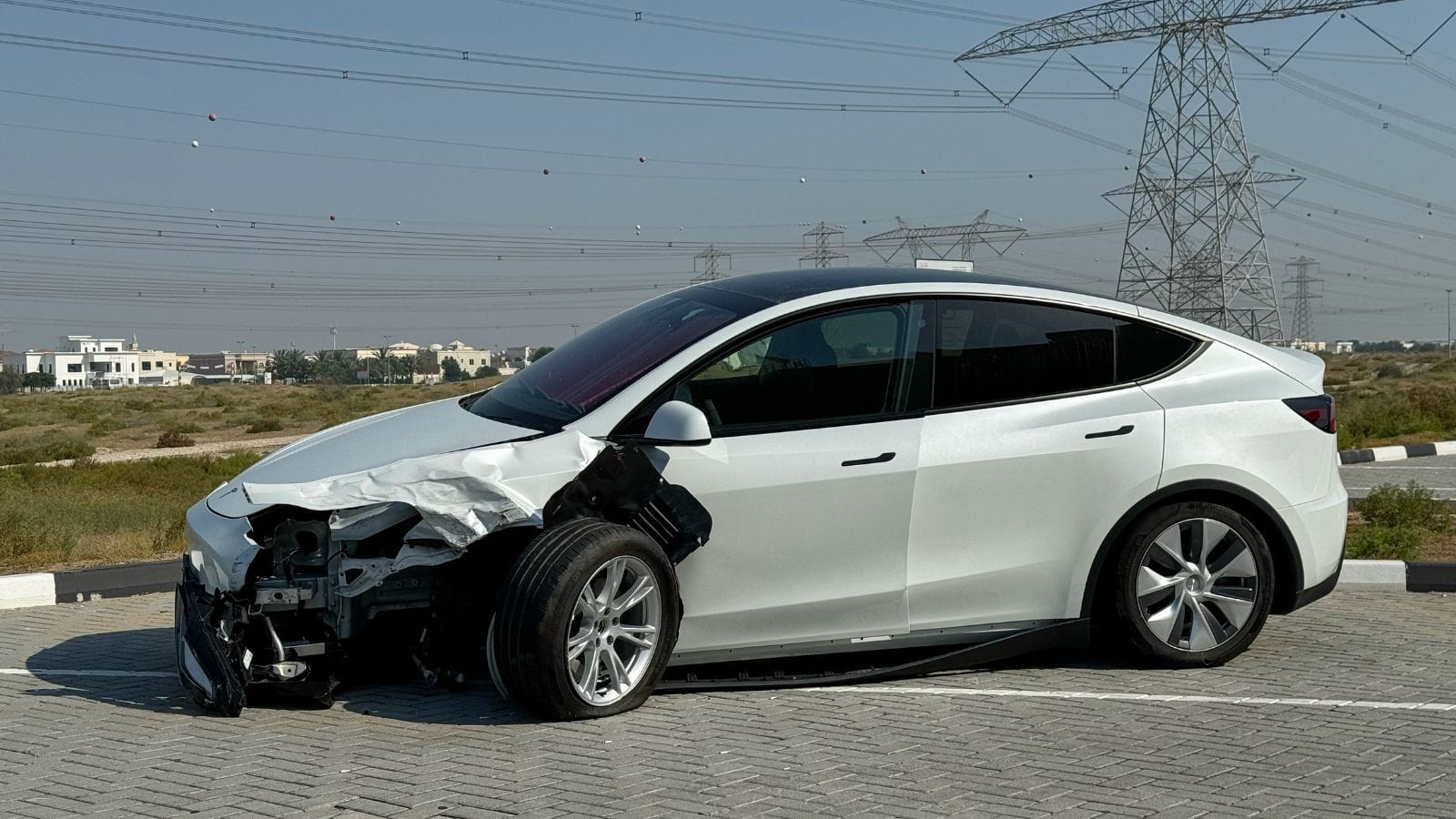
The risks of flush handles become most obvious in real world emergencies. Picture a car involved in a side collision, power cut off, smoke filling the cabin. Seconds matter, and fumbling for a hidden lever or button can make escape more difficult. First responders also argue that obvious handles allow them to quickly extract passengers without specialized knowledge of the vehicle.
Parking lots and home garages are less dramatic but also relevant. Children, elderly passengers, or people unfamiliar with Teslas often struggle with the handle design, leading to delays and confusion. Critics argue that what looks futuristic on a showroom floor may not be the most practical solution for everyday use.
The Implications Costs Production Safety
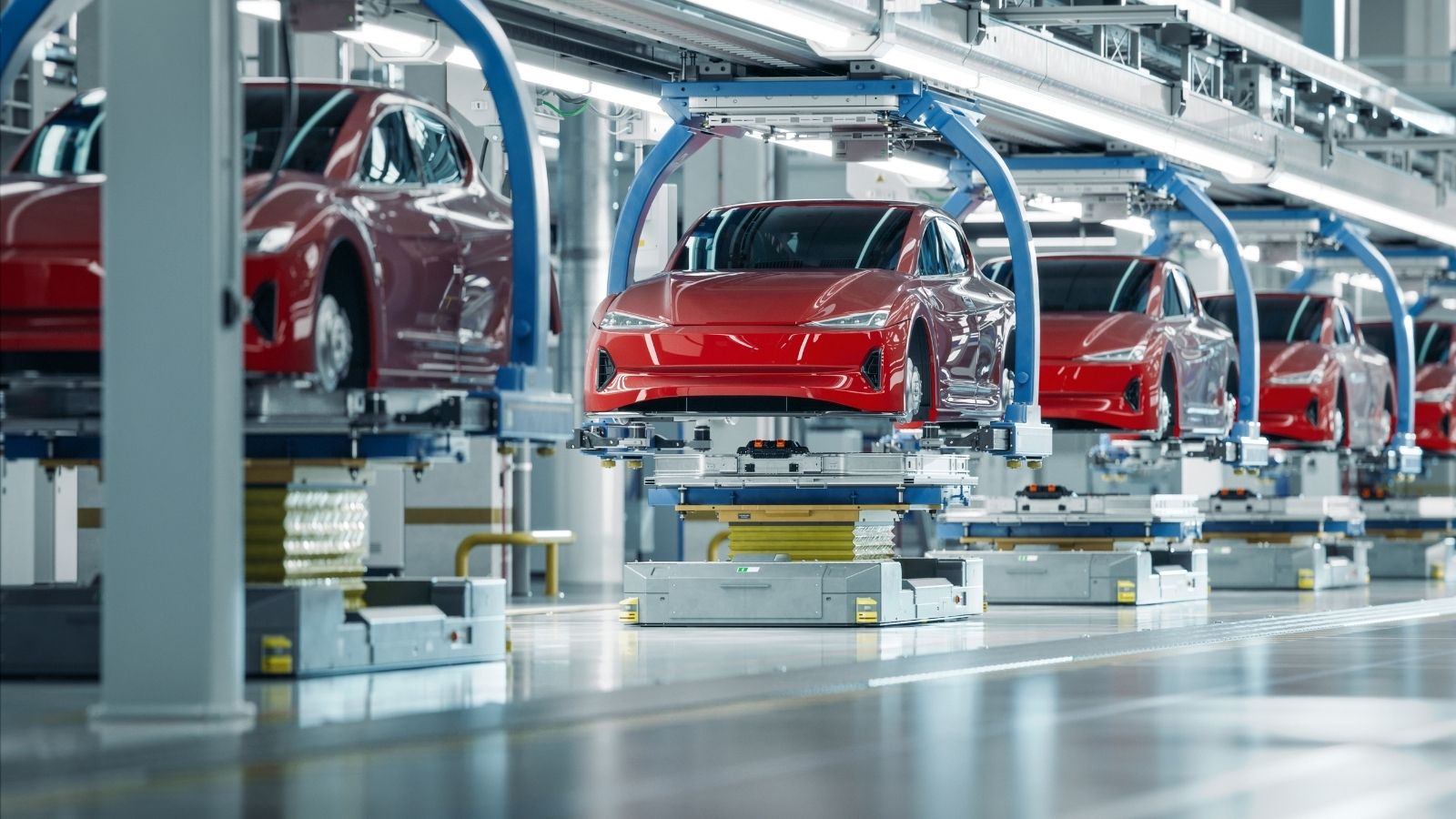
For Tesla the implications are wide ranging. Introducing a new handle design would increase production costs, require updates across multiple models, and potentially delay launches. It could also blunt one of Tesla’s most recognizable design signatures. However, from a safety standpoint the shift could prevent accidents and save lives. Vehicles that maintain clear and obvious door handles ensure passengers and rescuers can act quickly even if electrical systems fail.
This also sets up a tension between aesthetics and functionality. Designers want clean lines, while regulators demand visible safety features. Automakers will need to find creative solutions that balance both priorities. For Tesla, already facing scrutiny on multiple fronts, getting this right will be critical to maintaining consumer trust.
Will Other Automakers Be Affected
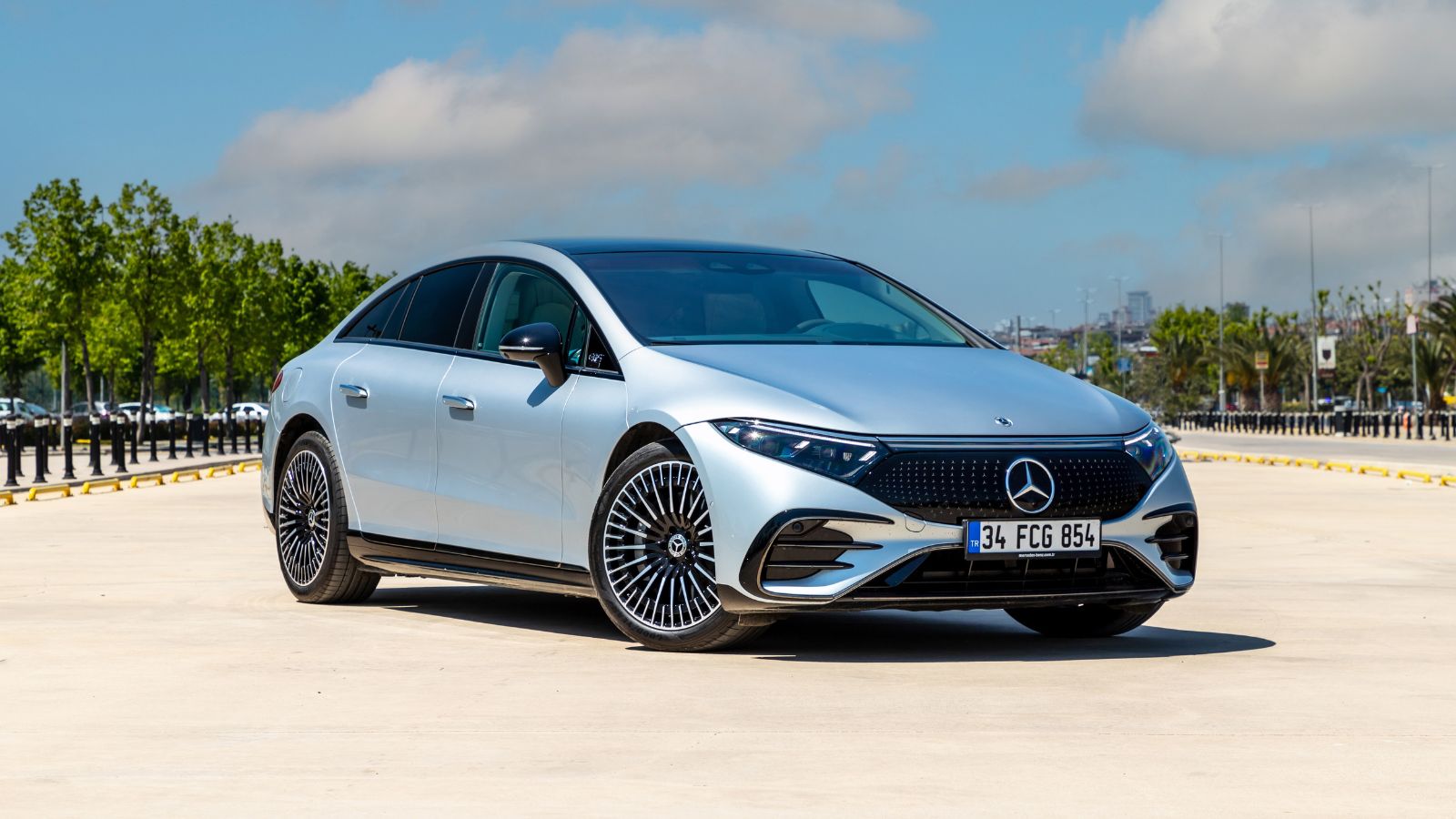
Absolutely. Tesla may be the most visible example, but many luxury brands have adopted flush or retractable handles. Jaguar, Range Rover, Mercedes, and even some new EV startups rely on similar designs. If regulators formalize requirements for larger visible handles and mechanical overrides, the entire premium segment will need to adapt. What begins as a change targeted at Tesla may ripple across the global industry.
What Does It Mean for Buyers
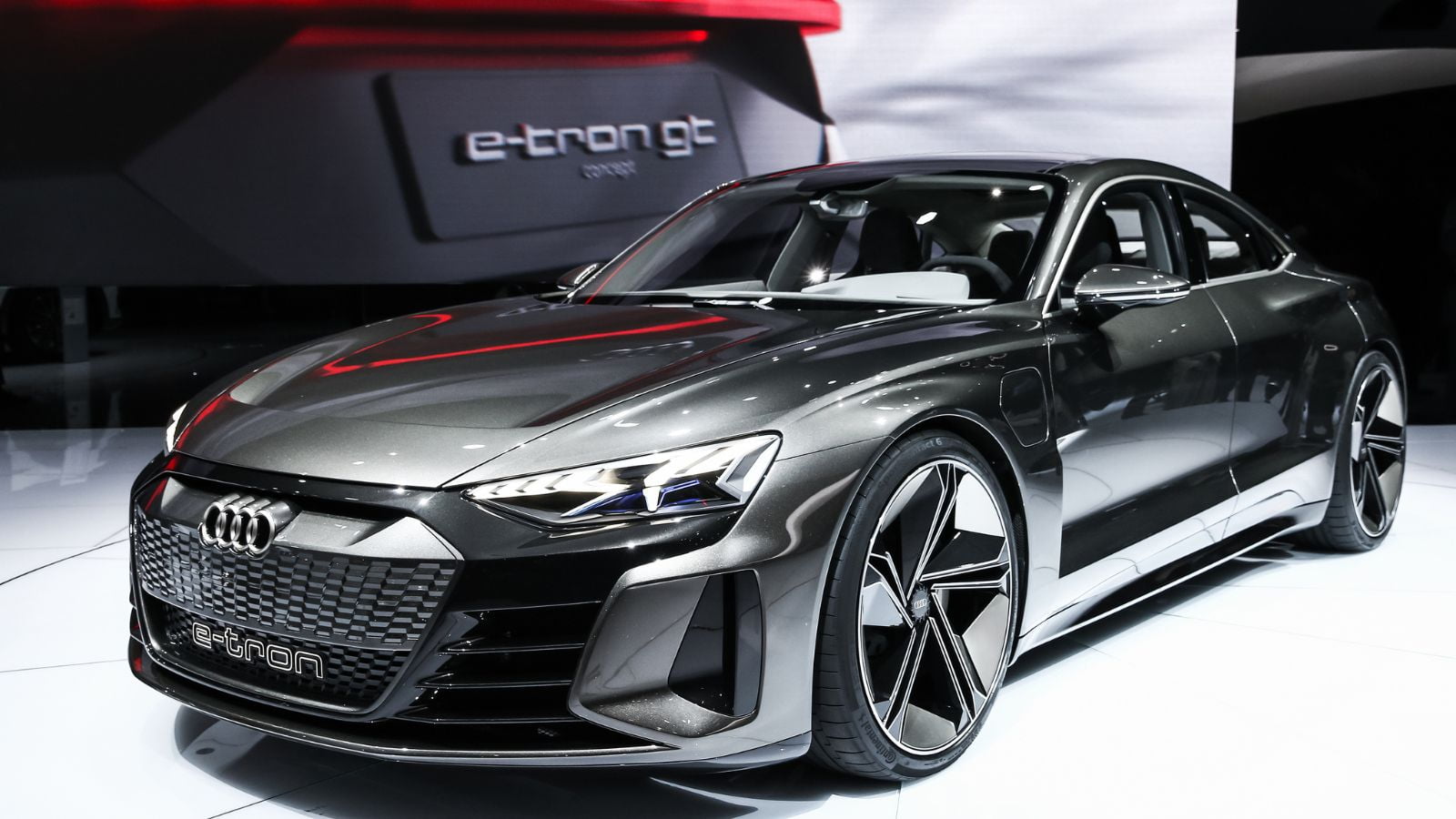
For consumers, the change could result in safer and easier to use vehicles. Cars equipped with new handle designs would be less likely to trap occupants during malfunctions or crashes. Buyers in Canada, the United States, and Europe would likely see these changes even if their governments do not immediately pass similar laws, since manufacturers will prefer unified global designs.
There may also be resale implications. Early flush handle models could lose appeal if they are perceived as less safe, while redesigned models may command more trust in the used market. For buyers considering a Tesla today, it is worth noting that handle designs may soon change significantly.
Where This Leaves Tesla
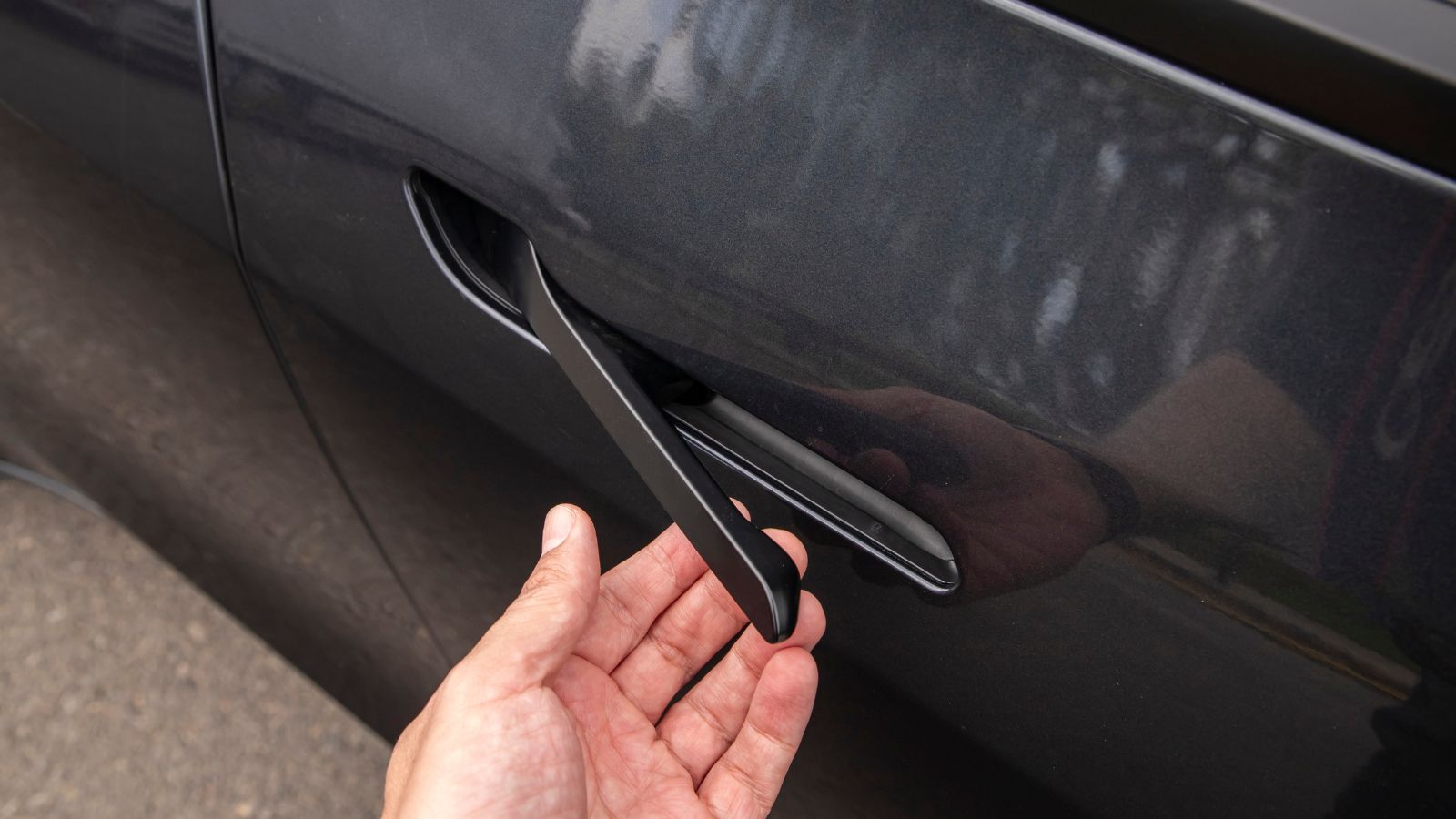
Tesla stands at an interesting crossroads. It must protect its reputation for futuristic design while addressing regulators’ very real concerns about safety and accessibility. Success would mean creating a new standard that other automakers follow. Failure would mean expensive delays, reputational damage, and a loss of confidence in the brand.
Tesla’s challenge is to show that innovation can coexist with safety. A door handle may seem like a small detail, but in reality it embodies the tension between bold styling and the practical need to protect people in real world conditions. The future of Tesla’s design language may depend on whether it can solve this problem in a way that satisfies both regulators and its customers.
25 Facts About Car Loans That Most Drivers Don’t Realize

Car loans are one of the most common ways people fund car purchases. Like any other kind of loan, car loans can have certain features that can be regarded as an advantage or a disadvantage to the borrower. Understanding all essential facts about car loans and how they work to ensure that you get the best deal for your financial situation is essential. Here are 25 shocking facts about car loans that most drivers don’t realize:
25 Facts About Car Loans That Most Drivers Don’t Realize
